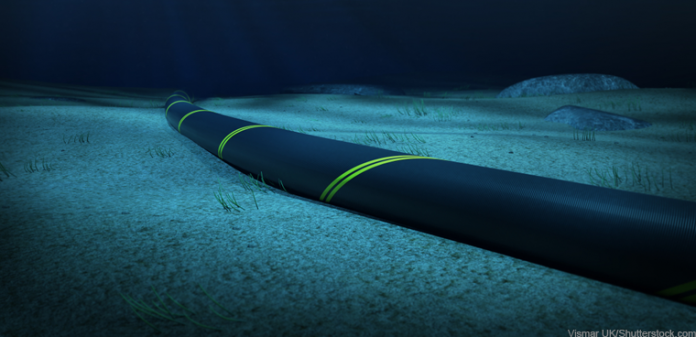
Though online streaming services are giving tough competition to decades-old cable TV services who haven’t loved watching TV and falling asleep in their lounge? We all have amazing memories with cable TV which is why a great majority is reluctant to cut the cord, switching moderately and prefers to have both streaming services along with cable connection. While online streaming services are dependent on the availability and stability of the internet connection, cable TV providers offer channel line-ups according to the plan and on-demand lists. Some well-known cable service providers offer an amazing channel line-up. You can check out Spectrum channel lineup for instance and be delighted to find all your desirable channels at one place. You can also further compare and check which one you like the most before signing up.
That being said, we are pretty much aware of how to find the most suitable cable services, research, or get the issues fixed but do we know how cable connection actually works? I am sure some of you already know but this article is a compilation of a few facts on how internet cables are constructed and managed under the sea. So, before further ado, let’s get to the point(s):
1. Setting up the cables is time-consuming and costly work
Installing cable is not just about dropping wires into the ocean. The wires are set up into the ocean through specially designed boats known as cable-layers. The wires need to be on a flat ocean floor. Also, they need to be saved from things found deeply in oceans like coral reefs, ships that have sunk, fish beds, other habitats of the oceans, or anything that can be an obstruction. This whole process of setting up cables is quite expensive. The price of it depends on the length of the cables and area that needs to be covered. However, the cost can reach hundreds of millions of dollars.
2. Sharks chew the wires
The sharks eating up the wires is one of the problems of setting up cables. Although, it is still unknown why sharks would eat wires. They do so maybe because of the electromagnetic fields. Nonetheless, the problem remains there, sharks are eating up the wires which can damage them badly. Therefore, companies like Google are using shark-proof wrappers to save their cables.
3. Satellite cables are a good alternative to underwater cables
Setting up cables into space would be way smarter than installing long cables into the ocean floor full of hurdles and sharks. In an orbit, there are more than a thousand satellites. Research is being conducted. Even some have come up with optical fibers through which information can be transmitted at 99.7 % of the speed of light. To get a glimpse of how the internet works without cables set up in the ocean – one should take Antarctica as an example. Antarctica is the only continent with no physical connection to the internet.
4. Cutting the underwires is not impossible
To make you feel relaxed here is good news, the submarine cables cannot be cut easily as they have very high, life taking voltage passing through them. But, the story doesn’t end here. There is also bad news: it is not impossible to cut those cables. For instance, in 2013 Egypt the internet speed was dwindled by 60 percent when a man was found to have cut the cable South-East-Asia-Middle-East-West-Europe which connects four continents.
5. Repairing the submarine cables is too though
To repair the submarine cables is not easy. When any underwater cable is damaged. A ship is sent to repair. The method of repairing depends on where the cable is. Robots are sent to take the cables to the surface if cables are not in deep water. If the wires are set up in deep oceans, specifically designed ships are sent to pull the cables out to mend. Sometimes, the damaged wire is cut by grapnels into two. Then the ship pulls out both parts separately – this makes things a bit easier.
6. The net of cable can be used for up to 25 years.
Back in 2014, there were 285 cables installed on the ocean floor. Out of which 22 are not in use. The wires that are not in use are called dark cables. And the ones that are being used are called lit.
The bottom line is, today the demand for the internet is touching new heights. The cables installed can last for up to 25 years thus, the internet is kind of secure.